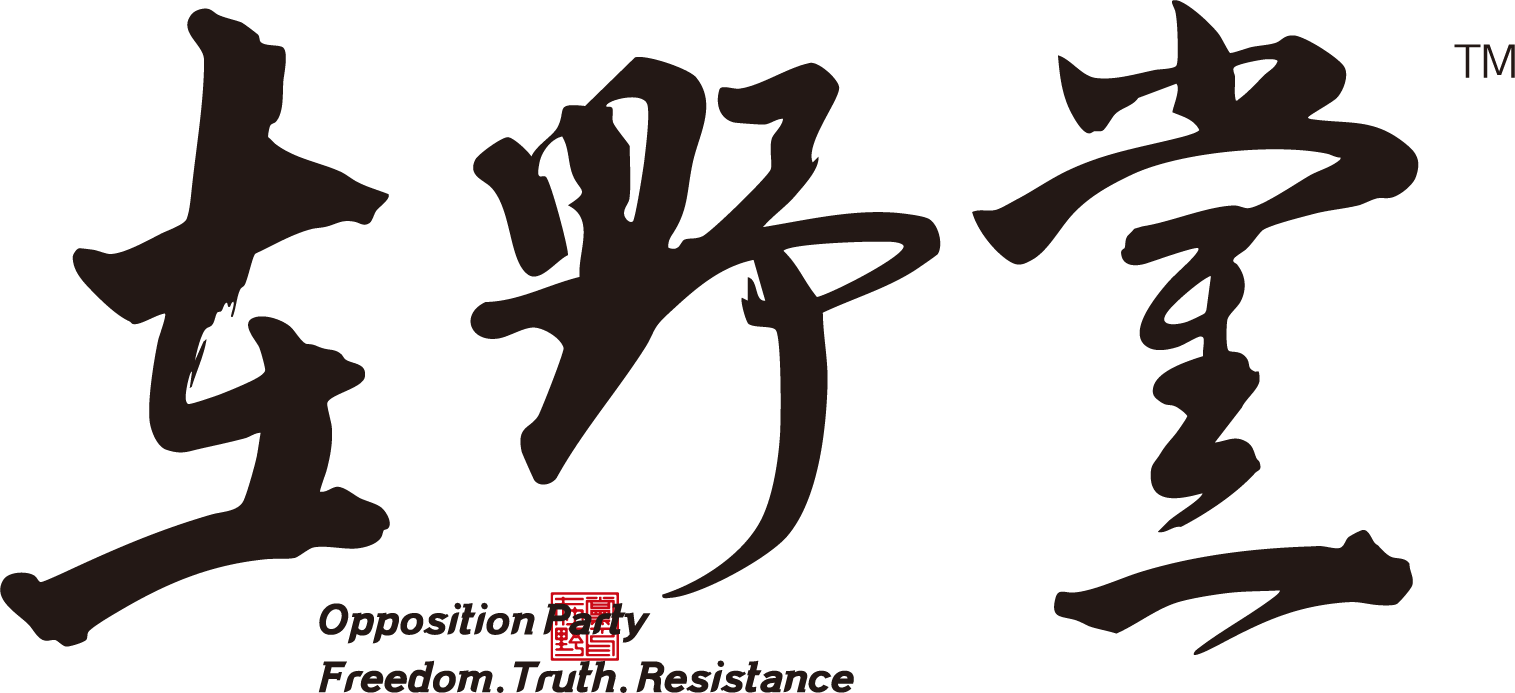作者:陀先润
编辑:彭小梅 责任编辑:钟然 校对:程筱筱
金永南,朝鲜政坛的一位传奇人物,于近日逝世。中国外交部对此表示沉痛哀悼,称其为“中国人民的老朋友”。作为解读朝鲜长期国策的关键人物,金永南及其家族在朝鲜政治中扮演了举足轻重的角色。他的故事,不仅揭示了朝鲜内部权力的运作逻辑,还体现了中朝关系中的微妙平衡。
在朝鲜,白头山血统的金氏家族(金日成、金正日、金正恩)是权力核心,但另一个“金家”——金永南家族——同样屹立不倒。这个家族堪称朝鲜政坛的常青树,在金日成时代多次政治清洗中幸免于难。金永南有两位弟弟:金鸡南和金斗南,三兄弟各自在外交、宣传和军事领域建功立业。
金永南家族的影响力如此之大,以至于在朝鲜民间流传着这样的说法:如果你是一个不愿奋斗的年轻人,想飞黄腾达并一生无忧,最好的办法是娶金永南家族的女性后代。这并非夸张——这个家族是金家王朝的支柱,类似于周恩来之于毛泽东,但不同的是,金永南获得了金日成、金正日乃至金正恩的无条件信任,而非充满猜忌的权力斗争。
金永南的出生地存在争议。朝鲜官方宣称他生于朝鲜,以强调其“正统”身份。但日本占领时期资料显示,他出生在中国辽宁省。不管怎样,在朝鲜战争爆发前,他已在黑龙江求学,并作为志愿军战士入朝,担任朝鲜语翻译。
他的履历在此后变得扑朔迷离。从1950年入朝到1953年停战谈判前,他已被朝鲜劳动党派往苏联深造,主攻外交事务。这意味着在战争期间,他从志愿军转入朝鲜政府体系,并迅速获得信任。作者推测,这只能通过高层干预实现——很可能与金日成家族有深厚渊源,或许是祖上关系或姻亲纽带。
1956年回国后,金永南直接担任劳动党中央国际部课长(相当于中国中央外事办小组),负责外交情报总务。这在当时的政治清洗浪潮中尤为罕见:1956-1957年,金日成清洗延安派和中国背景干部,许多人被贬或流亡。但金永南毫发无损,一路升迁,至1961年成为国际部副部长。
金永南是朝鲜外交政策的灵魂人物。在中苏论战期间,他负责对苏和东欧事务,尽管有中国背景,却在中苏分裂中游刃有余。他不仅是金日成的外交智囊,还辅佐了金正日和金正恩。在金日成时代,他是排名第二的领导人,负责维系中朝关系。80年代,金日成与邓小平闹僵时,他居中斡旋,确保援助不断。金日成去世后(1994年),金永南主持治丧委员会,推动金正日上位。1998年宪法修改后,他担任最高人民会议常任委员长,成为名义国家元首(金正日则掌控军权)。2008年北京奥运会,正是他代表朝鲜出席。
金正恩从瑞士回国后,金永南的弟弟金斗南(人民军大将)担任其军事导师。金永南本人则在外交上指导金正恩,包括推动美朝峰会。他的另一个弟弟金鸡南负责宣传部,三兄弟合力奠定金家王朝基础。
金永南家族的升迁轨迹令人惊叹:三兄弟均于50年代被派往苏联学习,回国后迅速掌权。金鸡南从金日成大学教授转入党中央宣传部;金斗南从炮兵副司令升为金日成的“军事秘书”,后转任金日成纪念馆馆长,继续辅佐金正恩。金永南的中国背景,使他成为中朝关系的“润滑剂”。在朝鲜想与中国闹僵时,他拉近距离;在中国欲放弃朝鲜时,他争取援助。没有他,中朝关系可能早已渐行渐远。他并非中国间谍,而是忠于金家王朝,但其经历确保了两国关系的相对稳定。
然而,他的去世标志着一个时代的结束。2019年退休后,朝鲜外交已显独立迹象:与俄罗斯签订军事条约、派兵乌克兰战场、推动美朝直接对话。这些举动显示,朝鲜正摆脱中国影响,走向平等化。中国对朝鲜事务的话语权将进一步减弱。
金永南的离世,让朝鲜外交进入“纯金正恩时代”。对中共而言,这并非好消息——朝鲜可能更独立地与韩国、美国谈判。但从长远看,这一天总会到来。金永南作为三代元老,他的传奇一生,不仅是朝鲜政治的缩影,也提醒我们,权力传承背后的家族纽带往往决定国家命运。
Kim Yong-nam, Elder Statesman of North Korea:The Legendary Life of a Three-Generation Courtier
Author: Tuo Xianrun
Editor: Peng Xiaomei Managing Editor: Zhong Ran Proofreading: Cheng Xiaoxiao
Abstract:Kim Yong-nam has passed away. Having served Kim Il-sung, Kim Jong-il, and Kim Jong-un, he was the central figure of North Korean diplomacy and a “lubricant” in China–North Korea relations. His death marks the end of an era and the beginning of a more independent “Kim Jong-un era” in Pyongyang’s foreign policy.
Kim Yong-nam, a legendary figure in North Korean politics, recently passed away. China’s Ministry of Foreign Affairs expressed deep condolences, calling him “an old friend of the Chinese people.” As a key interpreter of North Korea’s long-term national strategy, Kim Yong-nam and his family played an indispensable role in the country’s political landscape. His story not only reveals the inner workings of power within North Korea but also illustrates the delicate balance underpinning China–North Korea relations.
In North Korea, the “Paektusan bloodline” of the Kim family—Kim Il-sung, Kim Jong-il, and Kim Jong-un—forms the core of power. But another “Kim family”—the Kim Yong-nam clan—has remained consistently influential. This family is often seen as an evergreen pillar of North Korean politics, having survived multiple purges during Kim Il-sung’s rule. Kim Yong-nam had two younger brothers: Kim Ki-nam and Kim Tu-nam. The three brothers each made their mark in diplomatic, propaganda, and military affairs respectively.
Such was the reputation of the Kim Yong-nam family that a popular saying circulated among the North Korean public: if a young man hopes to rise quickly without effort and enjoy lifelong security, the best path is to marry a woman from the Kim Yong-nam lineage. This is not an exaggeration—the family served as a foundational pillar of the Kim dynasty, comparable to Zhou Enlai’s role for Mao Zedong. Yet, unlike Zhou—whose relationship with Mao was often strained by suspicion—Kim Yong-nam enjoyed unconditional trust from Kim Il-sung, Kim Jong-il, and even Kim Jong-un.
There is debate regarding Kim Yong-nam’s birthplace. North Korean official sources claim he was born in Korea, emphasizing his “legitimate” origins. But records from the Japanese occupation period indicate he was born in Liaoning Province, China. Regardless, before the outbreak of the Korean War, he had studied in Heilongjiang and entered the war as a Chinese volunteer soldier, serving as a Korean-language translator.
His career quickly became opaque. Between entering Korea in 1950 and the armistice talks in 1953, he was already sent by the Workers’ Party of Korea to the Soviet Union for advanced diplomatic training. This suggests that during the war he was transferred from the Chinese volunteer system into the North Korean government apparatus, rapidly gaining trust. The author speculates this could only have happened through senior intervention—possibly due to long-standing family ties or marriage connections with the Kim Il-sung clan.
After returning in 1956, Kim Yong-nam immediately became a section chief in the International Department of the Workers’ Party—equivalent to a high-ranking official in China’s Central Foreign Affairs Office—responsible for overall diplomatic intelligence. This was highly unusual during the intense political purges of the era. Between 1956 and 1957, Kim Il-sung purged the Yan’an faction and Chinese-background cadres, many of whom were demoted or exiled. Yet Kim Yong-nam emerged unscathed and continued to rise, becoming vice minister of the International Department by 1961.
Kim Yong-nam became the mastermind of North Korea’s foreign policy. During the Sino–Soviet split, he managed affairs with the Soviet Union and Eastern Europe, skillfully navigating the divide despite his Chinese background. He was not only Kim Il-sung’s diplomatic strategist but also later aided Kim Jong-il and Kim Jong-un.During Kim Il-sung’s era, he was effectively the second-most powerful figure in maintaining China–North Korea relations. In the 1980s, when relations soured between Kim Il-sung and Deng Xiaoping, Kim Yong-nam helped mediate tensions and ensured Chinese aid continued. After Kim Il-sung’s death in 1994, he chaired the funeral committee and facilitated Kim Jong-il’s succession.
After the 1998 constitutional revision, he became President of the Presidium of the Supreme People’s Assembly—the nominal head of state—while Kim Jong-il retained military control. At the 2008 Beijing Olympics, he represented North Korea as its official head of state.
After Kim Jong-un returned from Switzerland, Kim Yong-nam’s younger brother Kim Tu-nam—a KPA general—served as his military mentor. Kim Yong-nam himself provided diplomatic guidance, including involvement in paving the way for U.S.–DPRK summits. Another brother, Kim Ki-nam, controlled the propaganda apparatus. Together, the three brothers formed a foundational support system for the Kim dynasty.
The family’s meteoric rise is striking: all three were sent to the Soviet Union for study in the 1950s and quickly rose to power upon their return. Kim Ki-nam moved from being a professor at Kim Il-sung University into the central propaganda department. Kim Tu-nam advanced from deputy commander of artillery forces to Kim Il-sung’s “military secretary,” and later became director of the Kim Il-sung Memorial Hall, continuing to advise Kim Jong-un.Kim Yong-nam’s Chinese background made him a crucial “lubricant” in China–North Korea relations. When Pyongyang leaned toward distancing itself from Beijing, he helped mediate; when Beijing contemplated reducing support, he worked to secure continued assistance.He was not a Chinese spy but a loyal servant of the Kim dynasty whose upbringing simply positioned him as a stabilizing force between the two nations.
Yet his death marks the end of an era. Since his retirement in 2019, North Korean diplomacy has shown signs of greater independence: signing military agreements with Russia, sending personnel related to operations in Ukraine, and exploring direct talks with the U.S. These developments reflect a shift toward autonomy and equality in its foreign policy. China’s influence over North Korea is likely to further diminish.
Kim Yong-nam’s passing ushers North Korean diplomacy fully into the “pure Kim Jong-un era.”For the CCP, this is not good news—North Korea may now negotiate more independently with South Korea and the United States. Yet in a broader sense, this transition was inevitable.
As a veteran statesman who served three generations of the Kim dynasty, Kim Yong-nam’s extraordinary life is not only a microcosm of North Korean politics but also a reminder that the dynastic transmission of power is often shaped as much by family networks as by political design.





